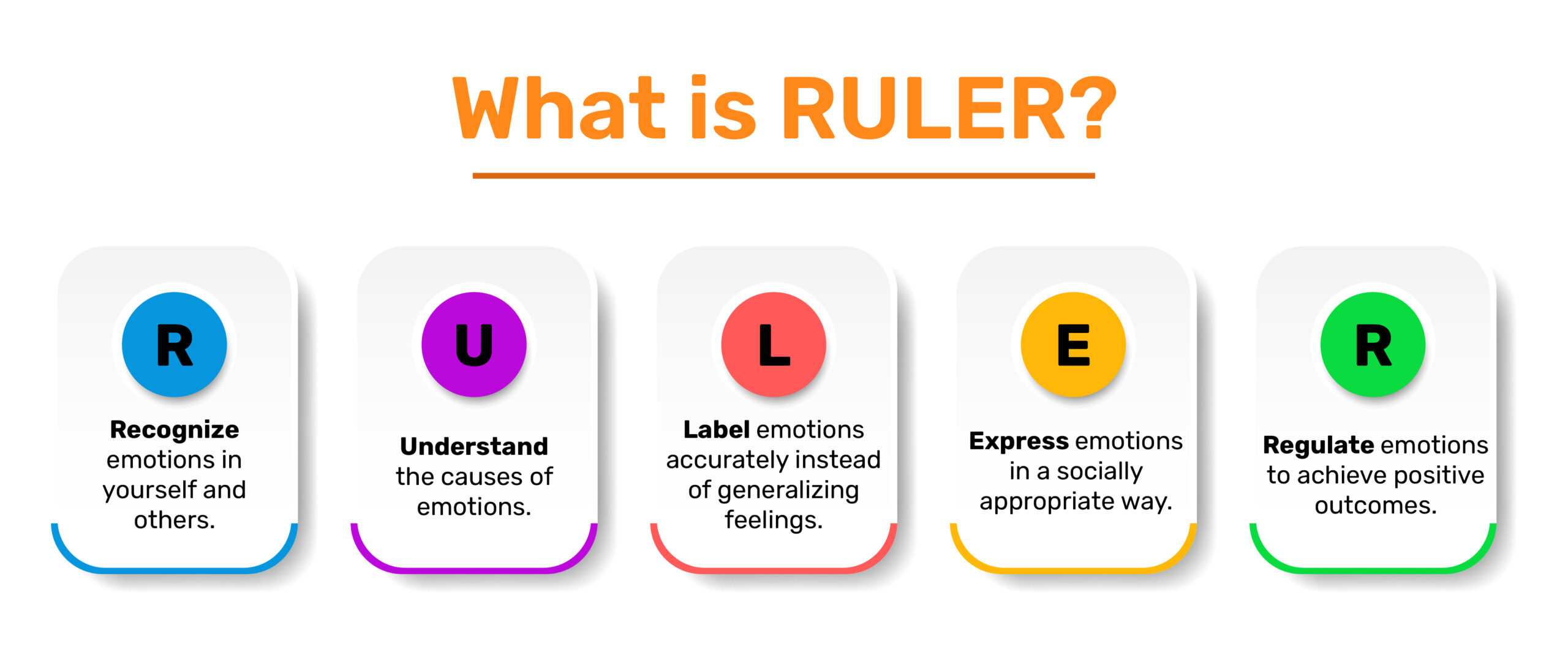Think about the last time a high-performing employee left your organization. Was it really about their job role or compensation? Or was it something deeper—like feeling unheard, undervalued, or frustrated with leadership?
The truth is, people don’t just leave companies—they leave work environments that drain them emotionally.
According to SHRM, 27.7% of employees leave their jobs due to dissatisfaction with their manager or supervisor. Retention challenges aren’t just about compensation or job roles—they stem from workplace culture. One of the most overlooked yet critical factors? Emotional Intelligence (EI) in leadership.
When leaders lack emotional intelligence, the impact is felt across the organization. This can lead to:
- Higher turnover: Employees disengage and leave when they feel unheard or undervalued.
- Breakdowns in teamwork: Poor communication erodes trust, making collaboration difficult.
- Declining engagement: Disconnected employees put in less effort, impacting productivity.
- Customer dissatisfaction: Ineffective leadership affects client relationships and service quality.
- Resistance to change: Employees push back on new initiatives when they don’t feel supported.
These aren’t just HR concerns—they’re business risks that affect performance, profitability, and long-term growth.
But here’s the good news: emotional intelligence isn’t a fixed trait—it’s a skill that can be developed. Investing in EI training equips leaders with the skills to build trust, improve engagement, and create a more resilient, high-performing workforce. Let’s explore some practical ways to strengthen emotional intelligence in your organization.
4 Ways to Strengthen Emotional Intelligence in Your Organization
Forbes emphasizes that emotionally intelligent leaders excel at identifying and addressing workplace stress and burnout. By offering support and resources, they help employees manage stress and maintain a healthy work-life balance. This leadership style cultivates a positive work environment, increasing team morale, motivation, and retention.
Here’s how you can cultivate emotional intelligence at every level of your organization:
1. Apply the ‘4 Pillars of Emotional Intelligence’ Framework
Dr. Daniel Goleman, a pioneer in the field of EI, highlights four essential components that define emotional intelligence in the workplace. By actively strengthening these pillars, organizations can cultivate a more emotionally aware and resilient workforce. Let’s take a closer look at each component and how to develop it effectively.
Self-Awareness
Self-awareness is the foundation of EI. Employees who understand their emotions can make better decisions, navigate workplace stress effectively, and maintain professional relationships.
What It Looks Like: Recognizing personal emotions, identifying triggers, and understanding how emotions influence thoughts and behaviors.
How to Strengthen It:
- Encourage regular self-reflection exercises through journaling or guided questions.
- Implement 360-degree feedback programs where employees receive insights from peers, managers, and direct reports.
- Use personality and emotional intelligence assessments to help employees recognize their strengths and areas for improvement.
Self-Regulation
Self-regulation involves managing emotions in a way that fosters a positive work environment. Leaders and employees who can control their impulses are more likely to handle stress, conflicts, and setbacks with professionalism.
What It Looks Like: Staying composed under pressure, managing frustration constructively, and avoiding reactionary decisions.
How to Strengthen It:
- Offer stress management and resilience training.
- Encourage mindfulness practices, such as deep breathing exercises or meditation, to help employees maintain composure.
- Establish a culture where employees pause before responding to emotionally charged situations.
Social Awareness (Empathy)
Empathy is the ability to recognize and understand the emotions of others. Organizations that foster empathy create stronger teams, improve collaboration, and enhance customer satisfaction.
What It Looks Like: Active listening, perspective-taking, and being considerate of colleagues’ emotions and experiences.
How to Strengthen It:
- Conduct empathy training sessions to help employees develop perspective-taking skills.
- Promote an open communication culture where employees feel comfortable sharing concerns.
- Encourage leaders to ask questions like, “How can I support you?” during one-on-one meetings.
Relationship Management
Strong relationships are built on trust, respect, and effective communication. Employees who excel in relationship management can navigate conflicts, inspire their teams, and build lasting professional connections.
What It Looks Like: Navigating difficult conversations, resolving conflicts diplomatically, and motivating teams through coaching-based leadership.
How to Strengthen It:
- Train managers on coaching techniques to help them guide employees instead of just directing them.
- Provide conflict resolution workshops to equip employees with tools to handle disagreements professionally.
- Celebrate teamwork by recognizing employees who excel at collaboration and relationship-building.
Building emotional intelligence at an individual level is just the first step. To create lasting change, organizations need a structured approach that integrates EI into daily interactions and decision-making. The RULER Method offers a practical way to achieve this.
2. Use the RULER Method to Build an EI-Focused Culture
Developed by Yale’s Center for Emotional Intelligence, the RULER framework helps organizations integrate EI into their daily operations. This approach makes emotional intelligence a part of everyday conversations and decisions.

How to Apply RULER in Your Organization:
- Train employees on emotional awareness exercises, such as mood tracking or emotion journals.
- Start meetings with quick emotional check-ins, allowing employees to express how they’re feeling.
- Develop an emotionally intelligent leadership style by encouraging managers to lead with empathy and understanding.
By embedding emotional intelligence into everyday interactions, organizations create a strong foundation for growth. The next step is to empower leaders with the skills to model and promote EI effectively.
3. Implement EI-Based Leadership Training
Emotionally intelligent leaders achieve better results. Training executives and managers in EI helps organizations build stronger, more resilient teams.
How EI-Based Leadership Training Helps:
- Improves decision-making under pressure by reducing impulsive reactions.
- Strengthens team trust and psychological safety, leading to higher engagement.
- Encourages leaders to resolve conflicts diplomatically rather than reacting emotionally.
What Works Best:
- Scenario-Based EI Training: Conduct workshops where leaders practice responding to challenging workplace scenarios.
- One-on-One Coaching: Offer leadership coaching programs focused on emotional intelligence.
- Performance Assessments: Integrate EI assessments into leadership evaluations to measure progress.
Emotional intelligence isn’t just a leadership buzzword—it’s the foundation of strong, people-centered management. By embedding EI into leadership development, organizations create leaders who don’t just manage teams but truly understand and empower them.
4. Reward and Recognize EI in Performance Management
Many organizations focus only on technical skills or revenue-driven achievements, but companies with emotionally intelligent cultures reward employees for collaboration, empathy, and effective leadership.
How to Incorporate EI into Performance Evaluations:
- Add emotional intelligence competencies—like active listening, teamwork, and adaptability—to performance reviews.
- Recognize employees who demonstrate strong interpersonal skills through peer-nominated awards.
- Promote leaders based on their ability to inspire and support teams, not just based on business results.
When EI is acknowledged and rewarded, employees feel valued, leading to a more motivated workforce and a workplace culture built on trust and respect.
Build an Emotionally Intelligent Workplace with KnowledgeCity
Incorporating emotional intelligence into leadership training and performance evaluations fosters a culture where EI is valued and practiced daily. This not only supports individual growth but also strengthens the entire organization.
At the end of the day, a team that understands and manages emotions effectively works better together. With KnowledgeCity’s extensive learning library—featuring hundreds of thousands of premium training videos—you can empower your employees with the skills to communicate, collaborate, and lead with confidence. Explore our EI courses today and take the first step toward a more emotionally intelligent workplace.
Subscribe to Our Newsletter
Join 80,000+ Fellow HR Professionals. Get expert recruiting and training tips straight
to your inbox, and become a better HR manager.

 KnowledgeCity
KnowledgeCity 











